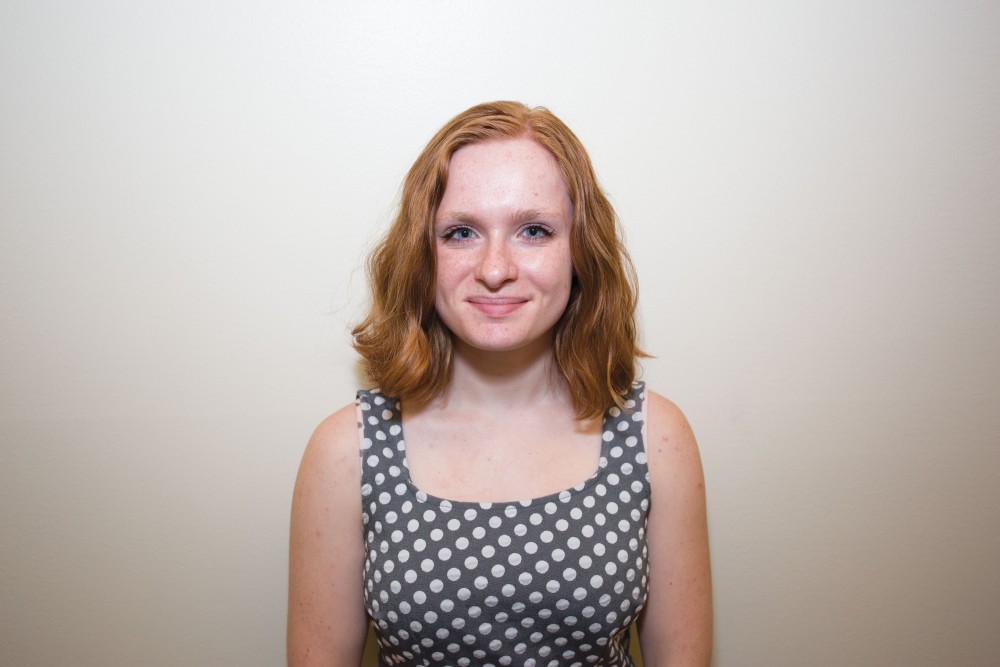The bright side of GVSU housing
Oct 22, 2015
This week has marked the beginning of the room selection process for Grand Valley State University students for the upcoming academic year. For the most part, the students who participate in room selection are incoming freshmen because the majority of on-campus dormitories are designed specifically for first year students. On the flip side, there is an abundance of off-campus apartments available for returning students.
Still, as many students are aware, GVSU has recently been experiencing problems associated with housing shortages. Nevertheless, despite these shortages, I would argue that the housing situation here is, in many ways, quite good.
Consider first the standard of living in the on-campus apartments. As a freshman last year, for example, I lived in the Niemeyer Learning and Living Center, and when my parents helped me move in, they couldn’t believe the size and quality of my apartment. They noted that it was even nicer than the first apartment they had as a married couple. I know there are plenty of freshman dormitories at the north end of campus that are stereotypical examples of cramped college housing, but GVSU also offers several spacious on-campus apartments which come with numerous amenities.
In addition, from what I’ve observed over the years as my four older siblings have gone to various colleges and universities, GVSU has, at least in some instances, comparatively superior living arrangements. For example, when my brother – who graduated last year – was a sophomore at Michigan State University, he was placed in a one-room dorm about the size of a Niemeyer living room with two other roommates. He was happy with this arrangement, however, because he still had the largest room on his dormitory’s floor.
Likewise, my other siblings always lived in small, one-room dorms with another roommate, and they never had personal kitchens, bathrooms, etc. In these cases, the concept of on-campus apartments, as well as living centers geared toward specific student groups, did not seem to be nearly as developed as they are at GVSU, considering that lowerclassmen and upperclassmen alike were placed in small, traditional dorms.
Finally, for many students who live in off-campus apartments, there are buses available to transport them between their homes and campus. In many cases, this arrangement can serve to alleviate the stress of having to buy a car for students who aren’t situated close to the main hub of campus. I can personally attest to this convenience—the bus system has been the one factor enabling me to refrain from dipping into my college fund to buy a car.
In the end, despite the housing shortage that GVSU has been experiencing, the housing situation here is still, in many ways, very good. The university is also actively working to improve this situation by expanding its on-campus housing, as evident by the construction project going on across from Mackinac Hall.
Ideally, I would also hope that GVSU would at some point focus its construction efforts on living and learning centers, as I have found Niemeyer’s setup, with apartment wings on either side of a classroom building, to be very convenient.























